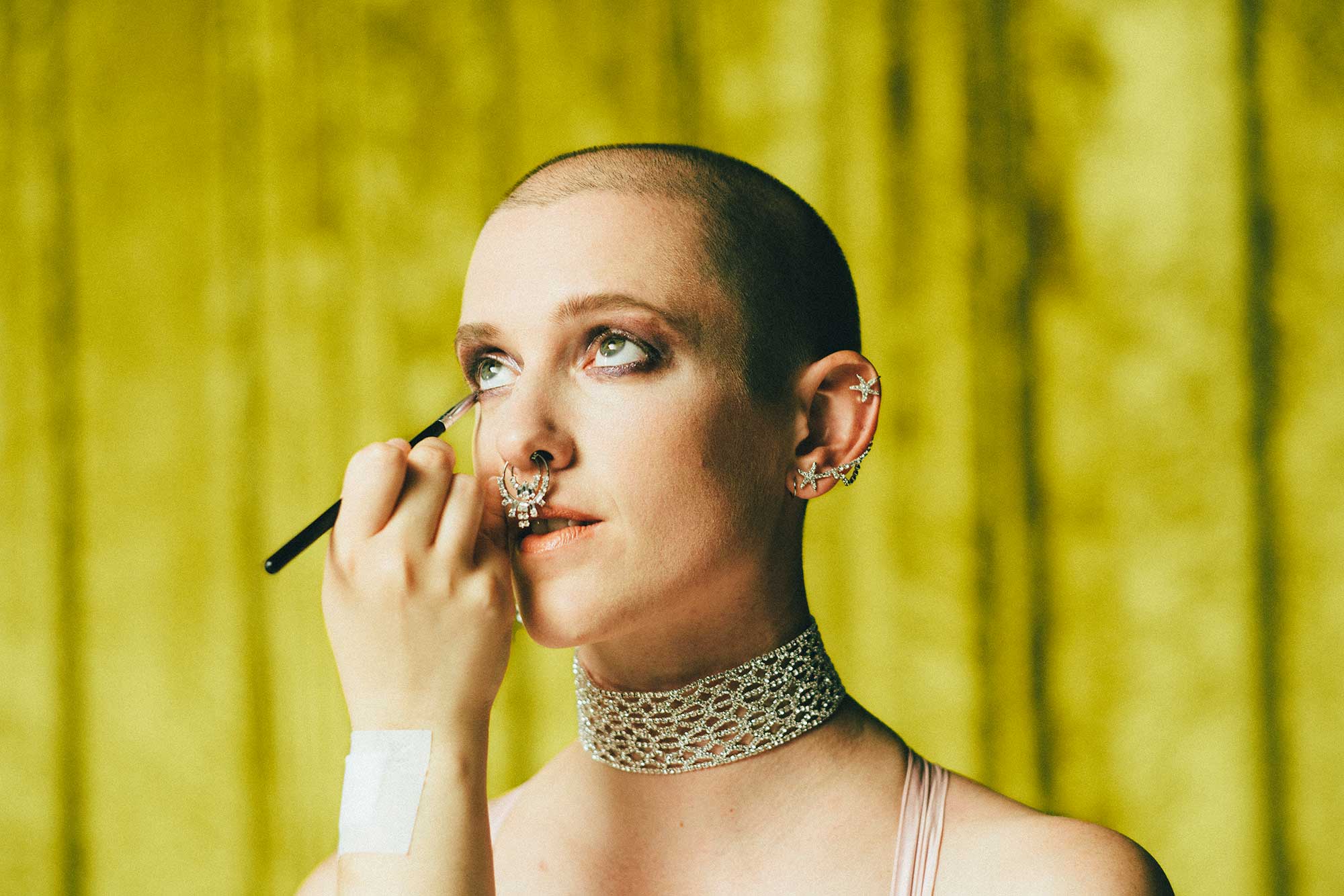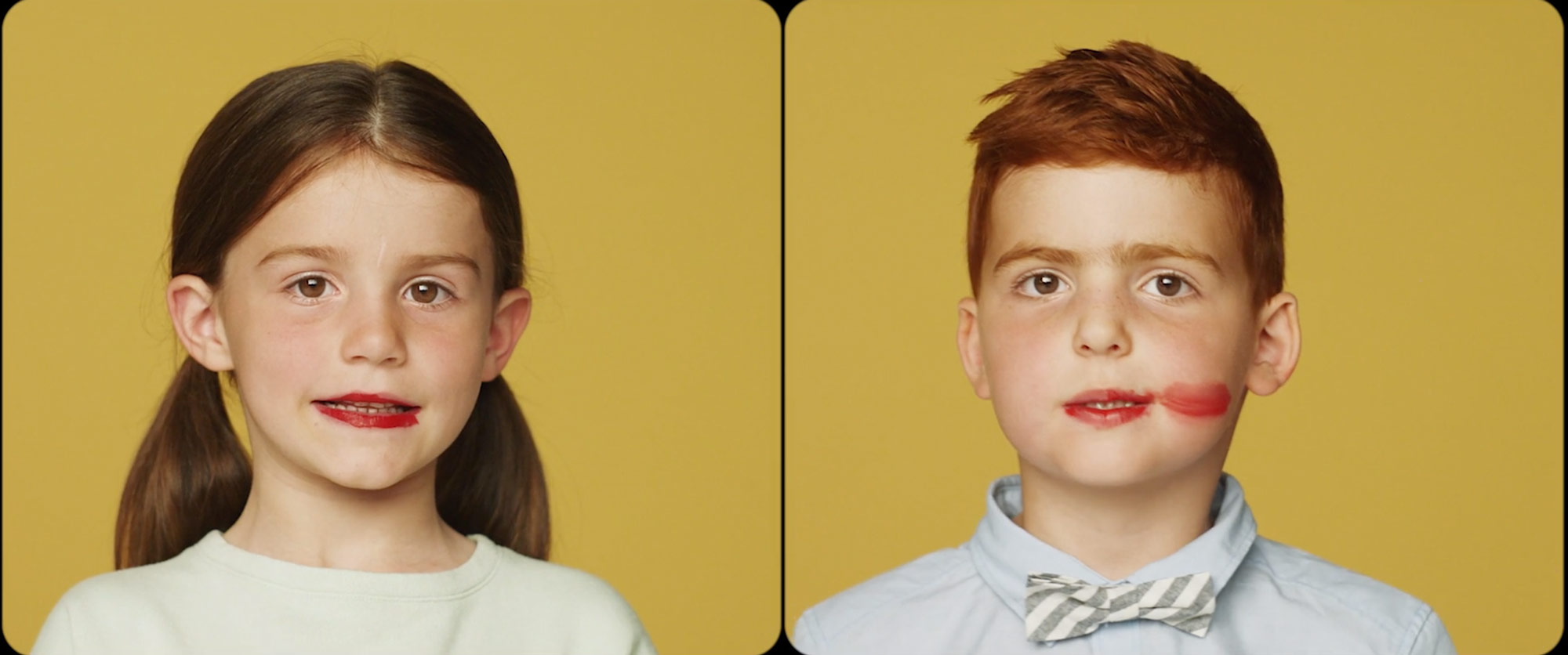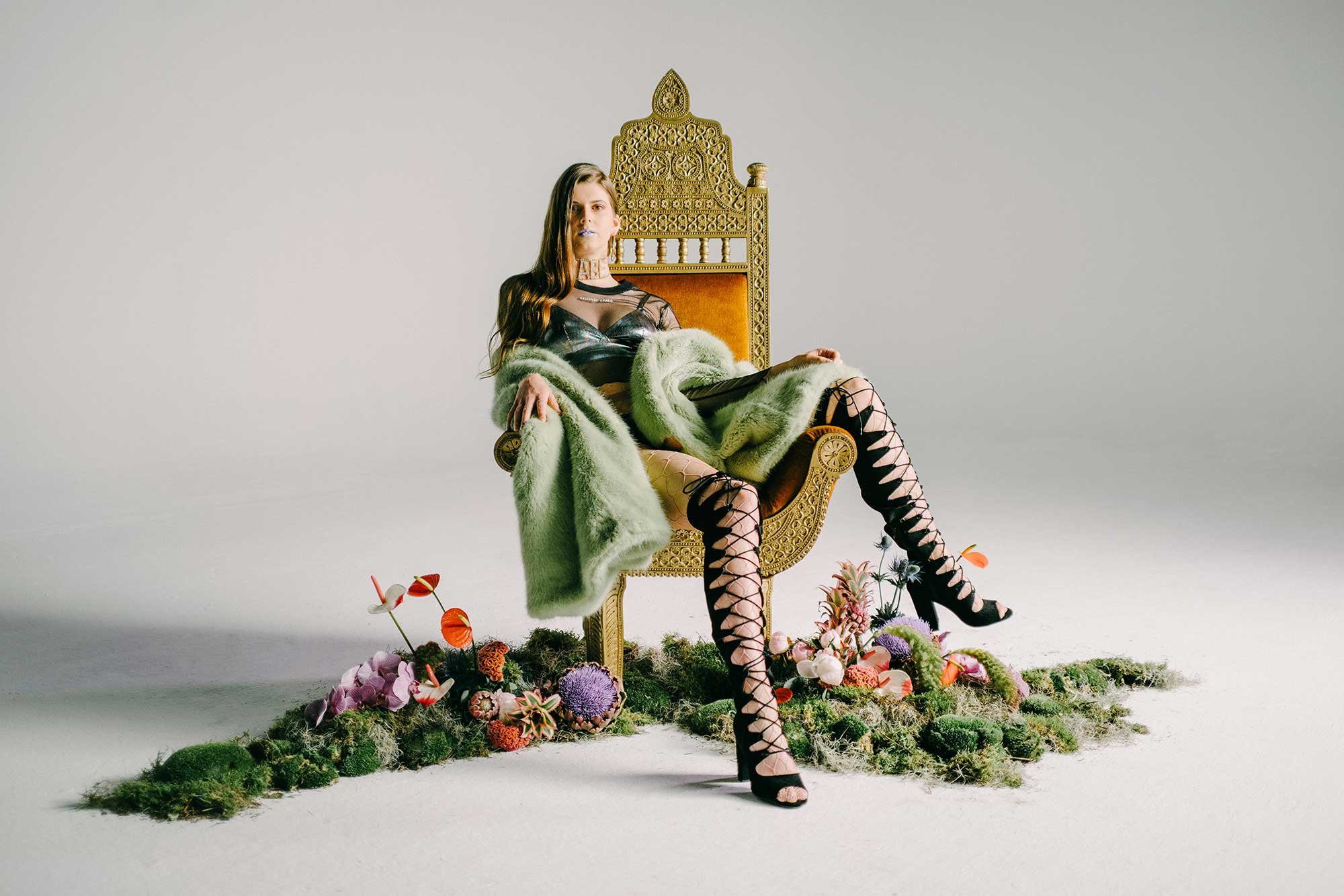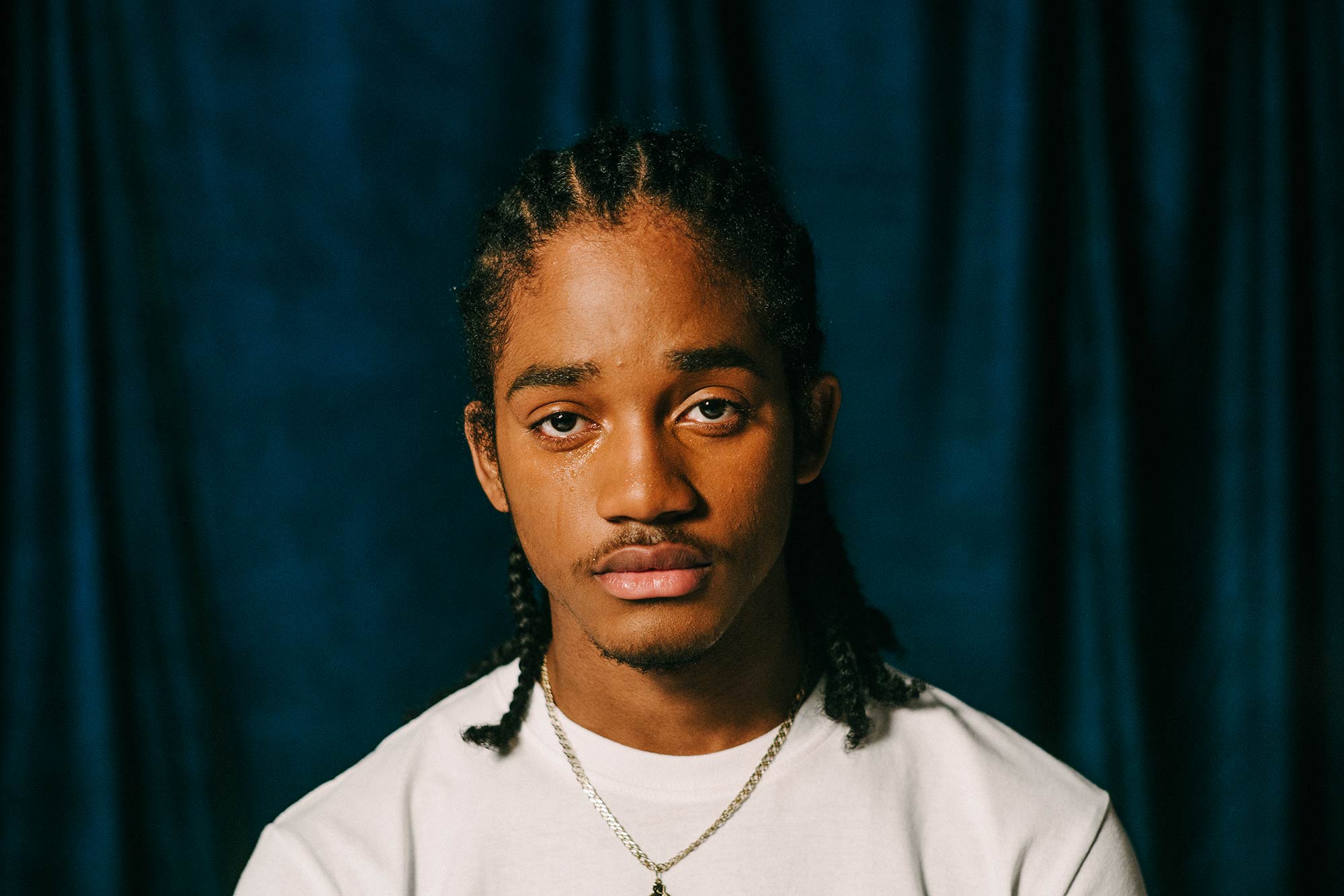
Jake Dypka’s Pink or Blue was originally commissioned by the world’s third largest communications group, Saatchi & Saatchi for their New Directors Showcase at Cannes. In combining Saatchi’s 3D technology, the outstanding work of English poet Hollie McNish and Jake’s talent for storytelling the three have united to push the boundaries of experiential filmmaking, producing an efficacious piece addressing the fact that gender is not, and should never be perceived as binary. In the following interview with Jake we delve into the practicalities of executing such a technically unusual project and his hopes for the empathic power of film.
How did your collaboration with spoken word artist Hollie McNish come about?
The opportunity came to us based on a previous film we made together called Embarrassed, which involved turning one of my favourite poems of Hollie’s into a film. That project came about because I’ve known Hollie for a long time as we used to go to school together. We had been meaning to collaborate for many years and finally got the chance when I suggested making Embarrassed for Channel 4’s Random Acts.
What inspired you to use this experiential style of filmmaking to bring Hollie’s poem to life?
The piece was originally commissioned by Saatchi & Saatchi for their new directors showcase in Cannes. I’m not sure how Saatchi stumbled on the technique, it might have been suggested by MPC who was a creative partner on the job. When they briefed me about the technique they showed me a film made by a director called Chris Vincze who had used the same technique in his own film and I think pioneered the concept. Our realisation of how to use the technique came out very differently but his information was priceless as we couldn’t do any technical testing ourselves within the timeframe.
They came to Hollie and I with the subject of gender and the technique they wanted to use in making it. It was a dream brief and a fantastic starting place for us. Last time we made a film together the poem already existed. This time we were being asked to come up with something from scratch which made the process a little different. The technique slightly scared me if I’m completely honest, movement is at the very heart of filmmaking and I knew I’d have to be incredibly careful with any movement when it came to trying to match frames. We didn’t have the time or resources to test it so I was completely unsure how well it would work until it was finished. A bit nerve-wracking but exciting.


Please talk us through the technical process and how the 3D image is formed.
What is quite surprising about the technique is that, actually, there are very little technical elements involved in the filmmaking process at all. You are shooting on a single normal camera, in very traditional ways, and in fact, it’s only really the matching of framing and performance that were essential to the final technique working successfully. Essentially, I was directing two films that needed to mirror each other extremely closely. The rest is done just at the very final stage in how the films are projected.
With 3D you shoot a stereoscopic image of one scene, two cameras from slightly different perspectives to mirror how our eyes take in a scene in real life. Then in the cinema, those two images are projected over the top of one another and you are given glasses that use polarising filters to only allow your right eye to see the right camera and your left eye the left. Your brain pieces it back together. What, then, if rather than shooting the same scene from two different perspectives you shoot completely different scenes, and rather than using one lens for your left eye and the other for your right you had two left lenses and two right. That allows you to filter out an entirely different scene altogether. The issue then is about creating images that allow you to switch between without confusing the brain.

How do you feel handing editorial power over to the audience changes their experience of the film?
I think the most exciting thing for me was presenting these two slightly different visual experiences of male and female but at the same time trying to debunk the idea that gender is binary in the first place. It’s rare that I would ever use this kind of technique in filmmaking and I actually felt quite far outside of my comfort zone whilst making it, but I knew it was ideally suited to this subject so I was really driven to make something where the message was elevated by the technique but at the same time wasn’t too restricted by its use.
I was really driven to make something where the message was elevated by the technique but at the same time wasn’t too restricted by its use.
I’m very interested in the rhythm of the edit but for this, I had to think about the right kind of timings to allow for the viewer to participate in the process of editing whilst they watched the film. But to answer your question I think people are so used to passive engagement with watching films any time you can introduce participation without hindering the emotion of the story it can be an interesting experience for the audience.
You’re quoted as saying “I would like people to take away the idea that men and women can follow whatever path they choose. Everyone is different, and everyone is beautiful.” How far do you think society has come in realising this truth?
I think probably we have an extremely long way to go but we seem to be heading in the right direction even though it may not appear that way sometimes. Self-understanding and acceptance seem to be a huge problem for the human race. We build these incredible machines, mind-blowing technology but can we say we know exactly what makes us happy and that we shape society accordingly to meet that happiness? No, not really. Even if this film has only changed one person’s mind on the subject that really is something I can feel very proud about.


Is there any way in which we can view the film in 3D now that your Saatchi Showcase at Cannes has ended?
I kept a pair of the glasses just in case! I actually don’t know. We already did a follow-up screening at MPC so more people could experience the film as it was conceived to be seen and it seemed to go down very well so hopefully, there’ll be another opportunity. I was contemplating seeing if any film festivals would be interested in the film as it would be great to get it seen by as many people as possible. It’s great to make something with a message you believe in and it’s even better when it has some kind of impact on people.
What are you working on next?
At the moment I am unsure what’s next. I have just finished another music video for the band Banfi who are close friends and are beginning to gain momentum – watch this space they are a fantastic band. I’m reaching a point where I need a new challenge, I would love to test myself with a short narrative drama but I have also always felt that documentary is my most natural fit so either of those would be wonderful.
Advertising has taught me the skill of persuasion and those skills should be used for good where possible.
As I grow up as a filmmaker I am more and more keen to make films that might have a positive effect on the world. Advertising has taught me the skill of persuasion and those skills should be used for good where possible. I love that brands are beginning to understand that they can say or do something positive in the world rather than just try to show off a product or service, long may that trend continue. Hopefully, some of these recent projects might bring me another opportunity to make something I can be proud of.


